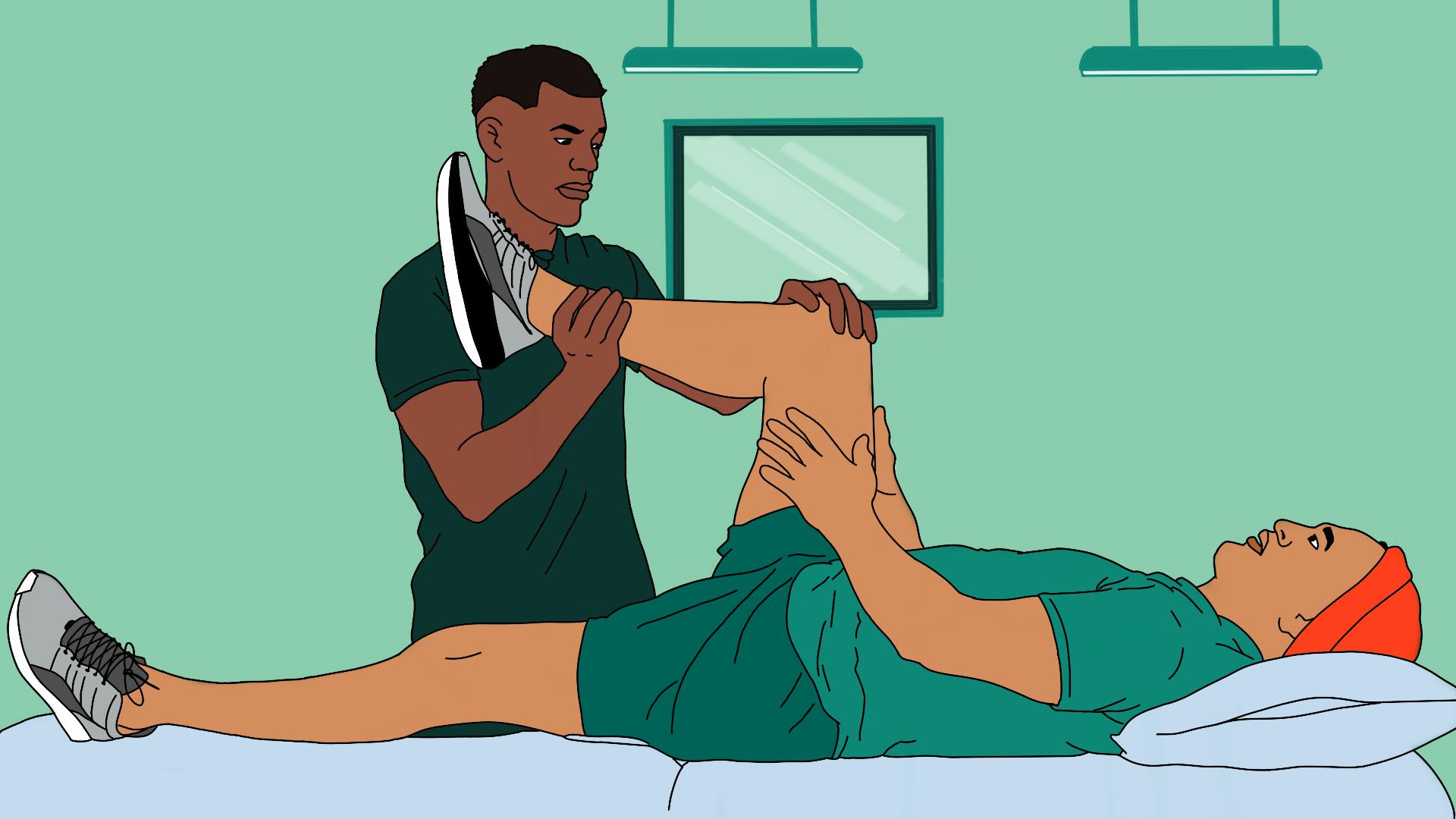🎧 Listen to: Rheumatism (s)

Rheumatism
What is rheumatism?
Rheumatism is a term used for any condition that causes pain and stiffness in muscles and joints, but rheumatoid arthritis (RA) is a specific autoimmune disease. In RA, the body’s immune system attacks healthy tissues, leading to joint pain, swelling, and damage. It often affects joints on both sides of the body, like both wrists or knees. This way doctors can tell RA from other types of arthritis, like osteoarthritis (OA).
What are the symptoms of rheumatoid arthritis?
RA causes pain and swelling in joints, especially in the hands, wrists, and knees. The symptoms can come and go, with flare-ups causing more pain and stiffness. During periods of remission, the symptoms might disappear. Other symptoms include:
- Pain or stiffness in more than one joint
- Swelling and tenderness in joints
- Fatigue and weakness
- Fever and loss of appetite
What are the causes of rheumatoid arthritis?
RA happens when the immune system mistakenly attacks healthy tissues, especially the lining of joints. The exact cause isn’t clear, but certain factors can increase the risk:
- Age (it’s more common in older adults)
- Gender (more common in women)
- Genetics (certain genes can increase risk)
- Smoking
What is the treatment of rheumatoid arthritis?
There is no cure for RA, but treatments can help manage symptoms and prevent further damage. These may include medications like NSAIDs (for pain), corticosteroids (to reduce inflammation), and disease-modifying drugs. Regular check-ups help adjust treatments for the best results.
